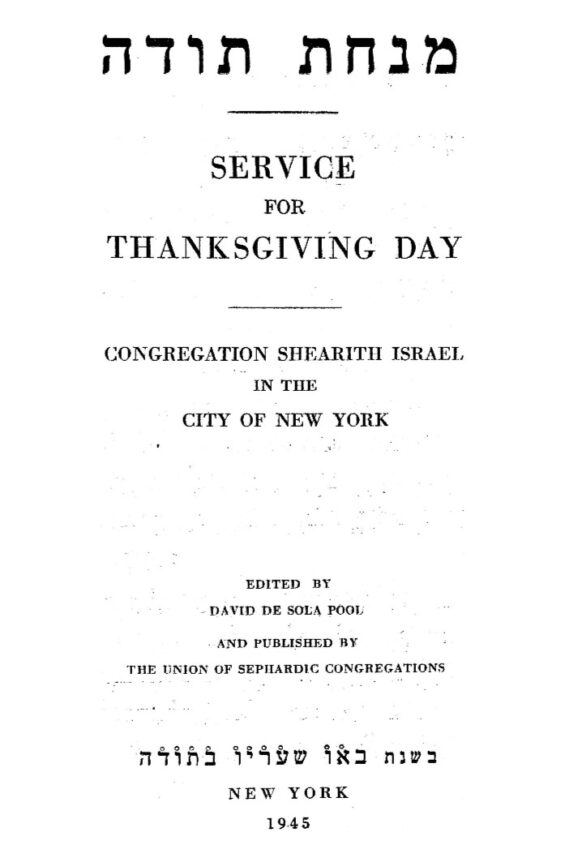It may be the most ideological presidency in recent memory, but on at least one issue, the Bush administration is pure pragmatism.
As Israel gets set for its summer of disengagement discontent, the administration has responded with a cautious, practical approach that has angered ideologues on both sides of the Mideast debate.
That could be the best strategy in a situation rife with potential for nasty surprises. But it could also be a dangerous dead end if the administration’s caution is just a cover for something else — a desire to avoid messy Mideast matters.
The recent Washington visit of Palestinian President Mahmoud Abbas triggered a new burst of speculation about what could come next, after Israel has left all of Gaza and part of the West Bank in August.
The administration continues to send out mixed signals — not a surprise, given its goal of helping both Abbas and Prime Minister Ariel Sharon deal with strong domestic opposition. At a joint news conference with Abbas, the president seemed to back away from his April 2004 promise that this country doesn’t expect Israel to abandon every inch of the West Bank, an acknowledgment of tacit understandings between Israel and the Palestinians about the big settlement blocs.
In fact, there was no change in U.S. policy — the administration has always said final borders need to be negotiated — but that didn’t prevent shudders of anxiety among pro-Israel leaders.
At the same time, the administration refused to do what Abbas wanted and ratchet up the pressure on Israel on the always-explosive issue of Jewish settlements.
The reason for both actions was the same: the Bush administration, taking things one step at a time, does not want to do anything to jeopardize either the upcoming Gaza disengagement or Abbas’ efforts to start moving the Palestinian Authority down the road of peace and democracy, key first steps in reviving any active peace process, the administration believes.
To do all that, officials here are willing to cut Sharon some slack as he faces declining support for the Gaza plan at home, and overlook the fact that Abbas has been less than aggressive in confronting terror groups.
The administration appears determined to keep its focus glued to immediate, practical priorities, instead of what could come next, despite strong pressure from some quarters to start talking more about the next steps in a revived peace process.
Administration Mideast strategists want the road map for Palestinian statehood to move to the center of the diplomatic game board after disengagement, and they hope the pullout will create conditions that will jump-start that plan, but there is a realistic awareness that there are too many unknowns to plan much beyond the present.
Those unknowns include the possibility new Palestinian terrorism or violence by Jewish extremists could delay or derail the plan.
Once implemented, the pullout could result in an orderly transfer of power to the Palestinians and a strong effort by Abbas to pacify the region — or it could turn Gaza into the launching pad for new terror attacks.
There is also the Palestinian elections, which have been postponed until November, in which Hamas expects to do well. Just how well and how successful Abbas is in turning the terror group into responsible players in his government are big unknowns.
Then there’s the question of Sharon. Does he plan to use the disengagement to tighten Israel’s grip on major West Bank settlements and put further negotiations into “formaldehyde,” as a top aide colorfully put it? Or has he started something that will inevitably lead to new pullouts and create conditions for the negotiation of a final settlement, as another aide has hinted?
Sharon isn’t talking, and nobody in Washington can accurately assess his intentions.
Then there’s the Abbas wild card. Many Jewish leaders here believe that he is sincere in wanting to reform his government and pursue peace — but uncertain about his ability to fill that tall order.
Given those huge uncertainties, the administration has adopted the view that a cautious, incremental approach may be more practical and less risky than the grandiose but failed Mideast plans of past administrations. There is a realization that if the disengagement fails, the region will once again plunge into chaos. So working for the disengagement is the top priority; while the road map remains on the table, figuring out how to make it happen will wait until the disengagement is complete.
That approach makes sense, but there are risks. Without assertive U.S. leadership, the current window of opportunity in the region could slam shut. Finding the proper balance between cautious pragmatism and creative leadership will be the top challenge facing this administration in the months ahead.
A one-step-at-a-time approach makes sense in today’s fluid environment, but it could prove disastrous if, after the August disengagement, it is revealed as a cover for a different kind of disengagement — the disengagement of the United States from active involvement in the search for Middle East peace.




















 More news and opinions than at a Shabbat dinner, right in your inbox.
More news and opinions than at a Shabbat dinner, right in your inbox.